Although Morocco is well known for its exotic cities, it also has a few ruins left from its time as a Roman Colony. The most stunning of these is Volubilis, which is found at the foot of the Atlas Mountains. Built in a fertile agricultural area where almond and olive trees were plentiful, this site is one of the largest of the ancient ruins found in Africa.
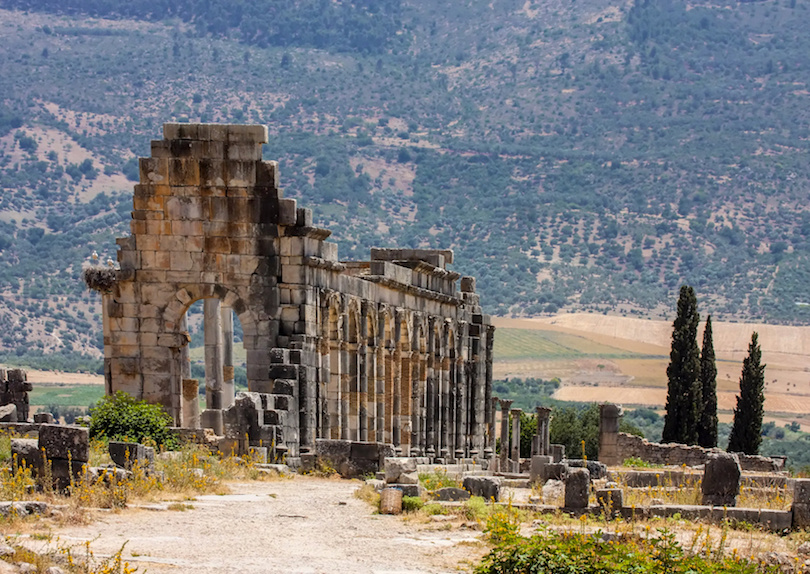
Founded in the third century B.C., Volubilis was first a Phoenician settlement and then a Carthaginian settlement. From the first century C.E. and beyond, it grew under Roman rule. In the second century, several buildings were constructed, such as a temple to the god Jupiter, a basilica and a triumphal arch. Many bakeries and oil presses were also found here, along with numerous town houses. The Romans evacuated most of Morocco at the end of the 3rd century AD but people continued to live in Volubilis for many centuries.
Until the mid-18th century, the ruins were intact, but an earthquake at that time destroyed a good portion of the site. Looters also took some of the stones for other buildings. However, the remaining ruins are more than enough for visitors to get an idea of how the city must have looked like.
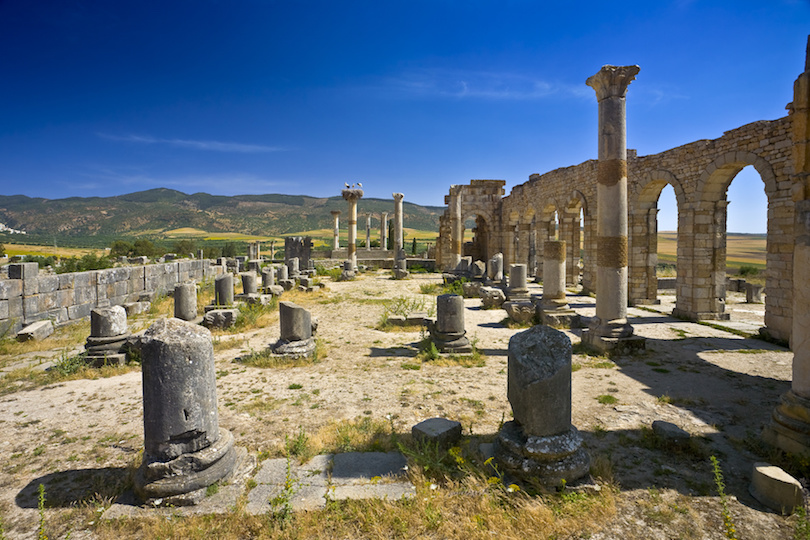
The site at Volubilis has a great amount of artistic material such as bronze and marble statues, mosaics and a number of inscriptions available for viewing. It also has examples of the architecture used by the different civilizations that occupied the site, from prehistory up to the Islamic period.
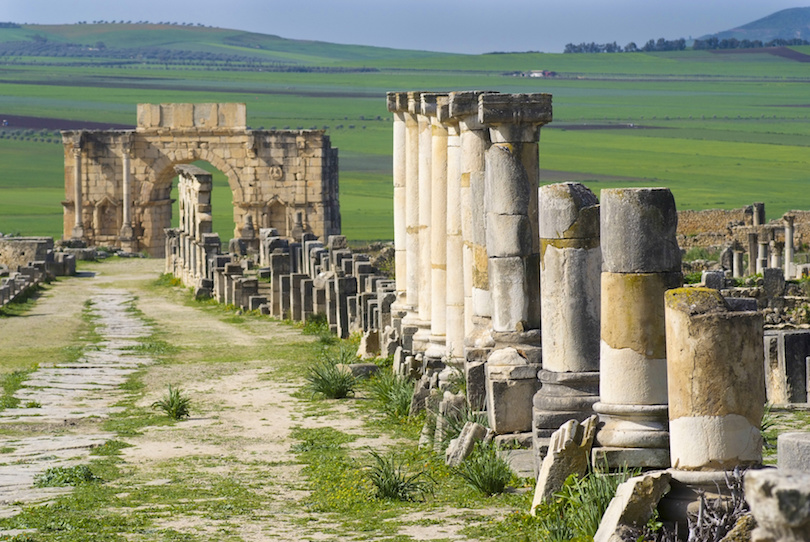
A triumphal arch stands at the beginning of the main street of the city, known as the Decumanus Maximus. Expansive villas in the area are famous for their intricate floor mosaics. In one mosaic, Orpheus is depicted taming wild animals while playing his harp. The mosaic in another room shows dolphins playing in the waves.
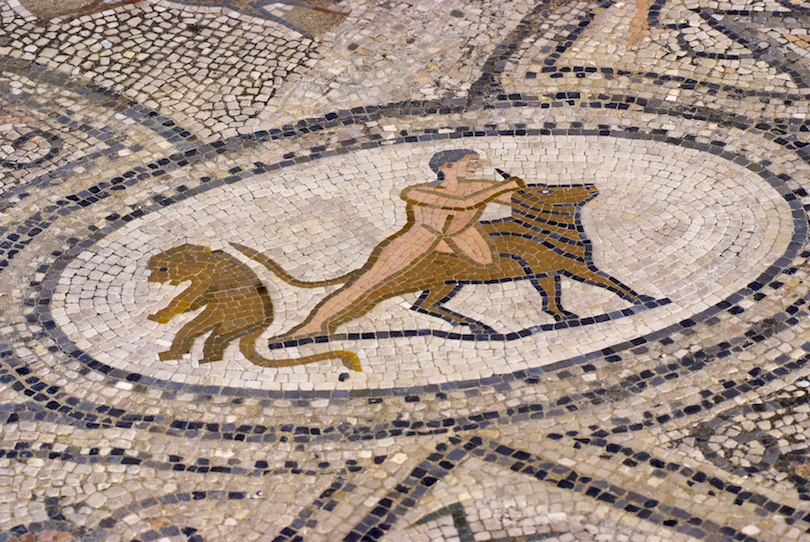
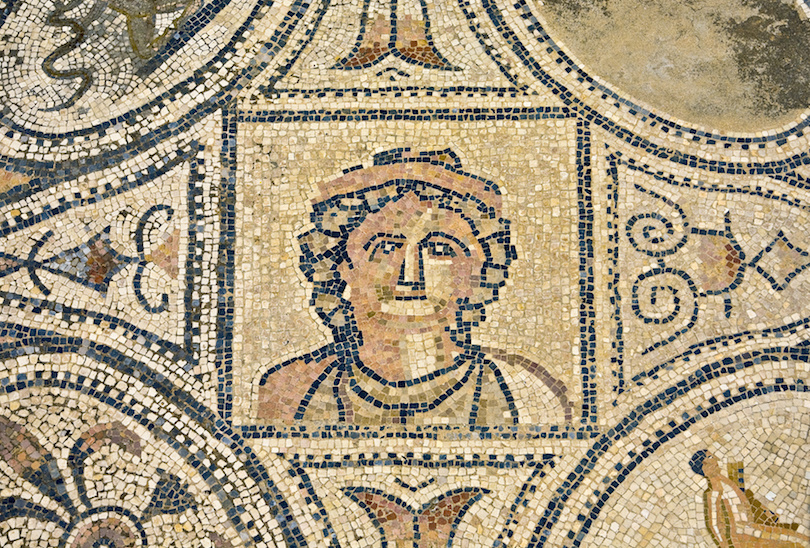
Many of the mosaics were based on Greek myths. In one villa, the floor mosaic shows nymphs carrying off Hylas, the son of Hercules, while another depicts the hunter Acteon surprising the goddess Diana, who later turned him into a stag. The Greek and Roman gods of wine, Dionysius and Bacchus, are depicted in many mosaics. Other mosaics found consist of geometric patterns. Nearby villages sell Berber rugs that are woven with copies of these designs.
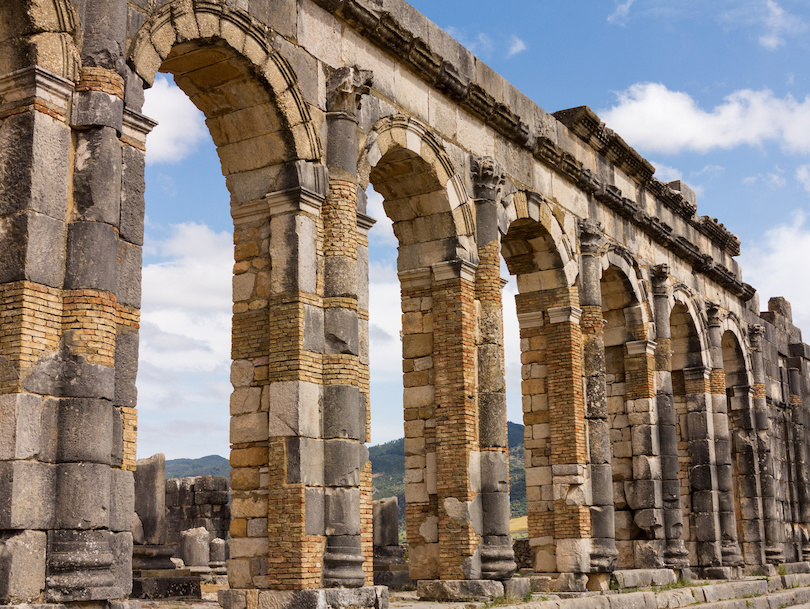
When walking among these ruins, one can imagine what Volubilis must have looked like at its best. With all the magnificent Roman ruins it is easy to feel that time has moved backwards 2000 years and Volubilis is in its glory.


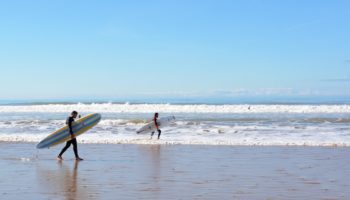
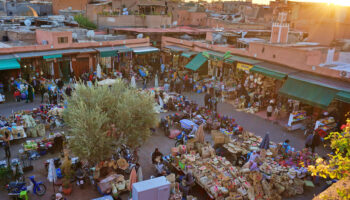
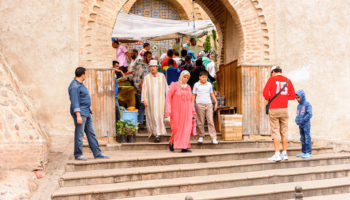

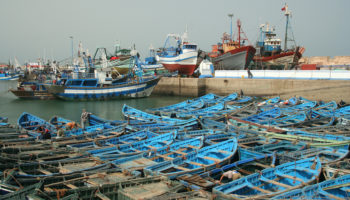
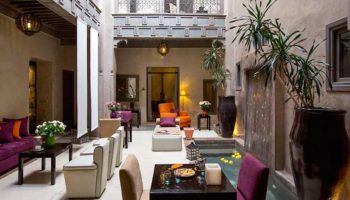


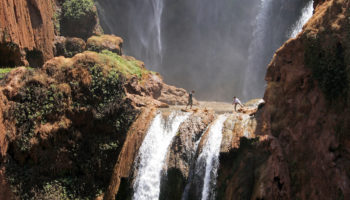
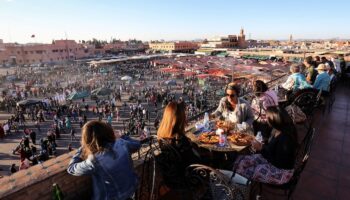

Leave a Reply